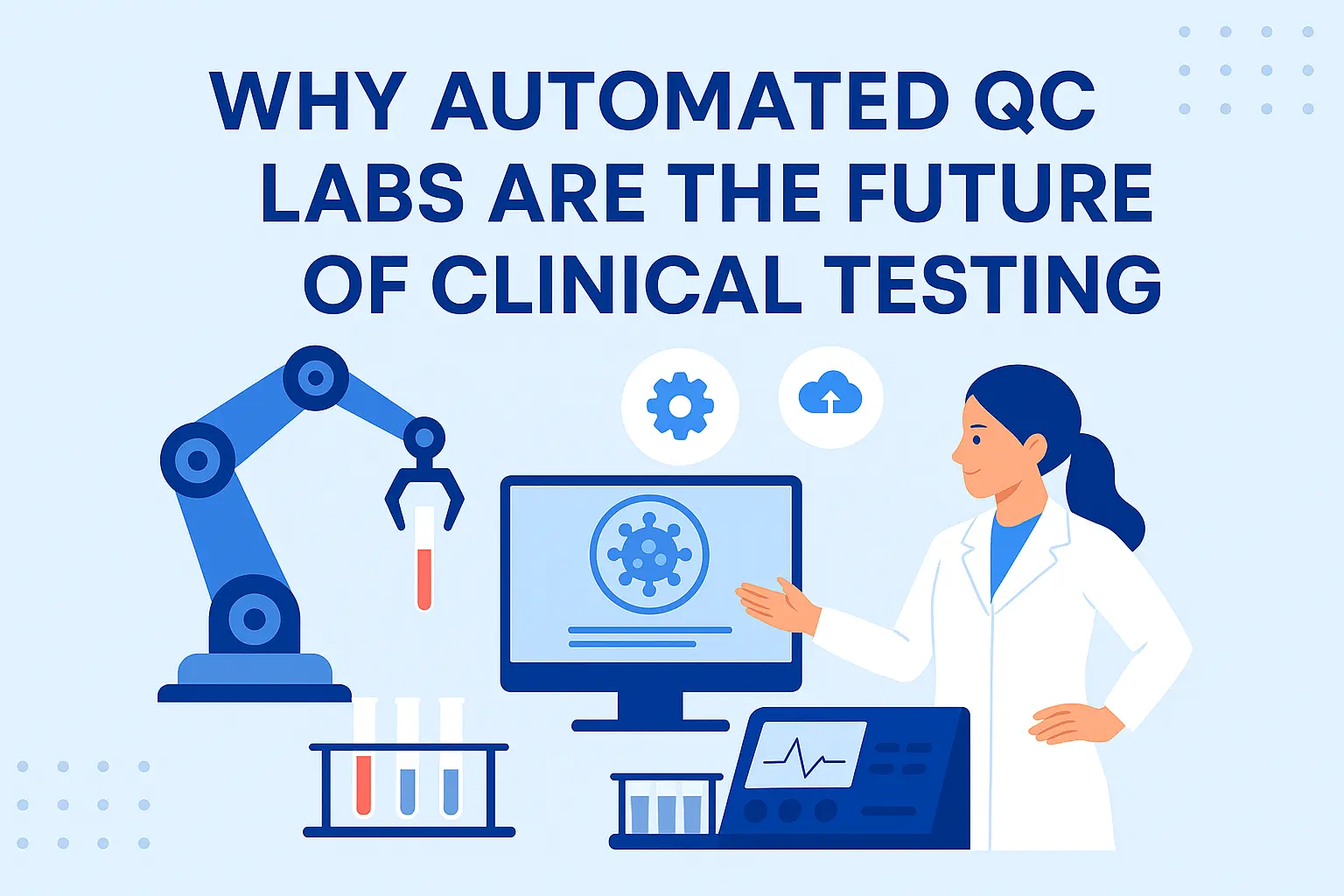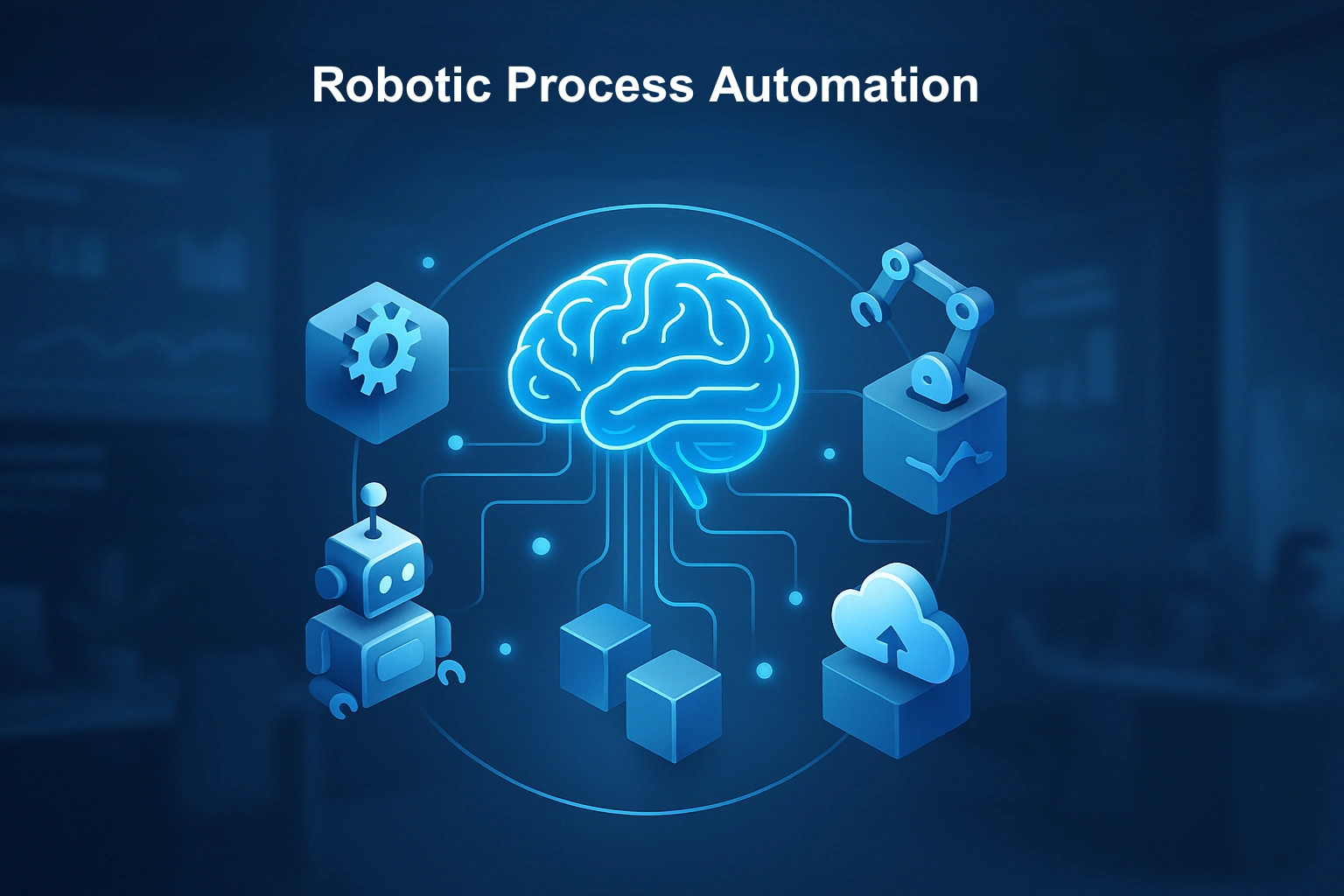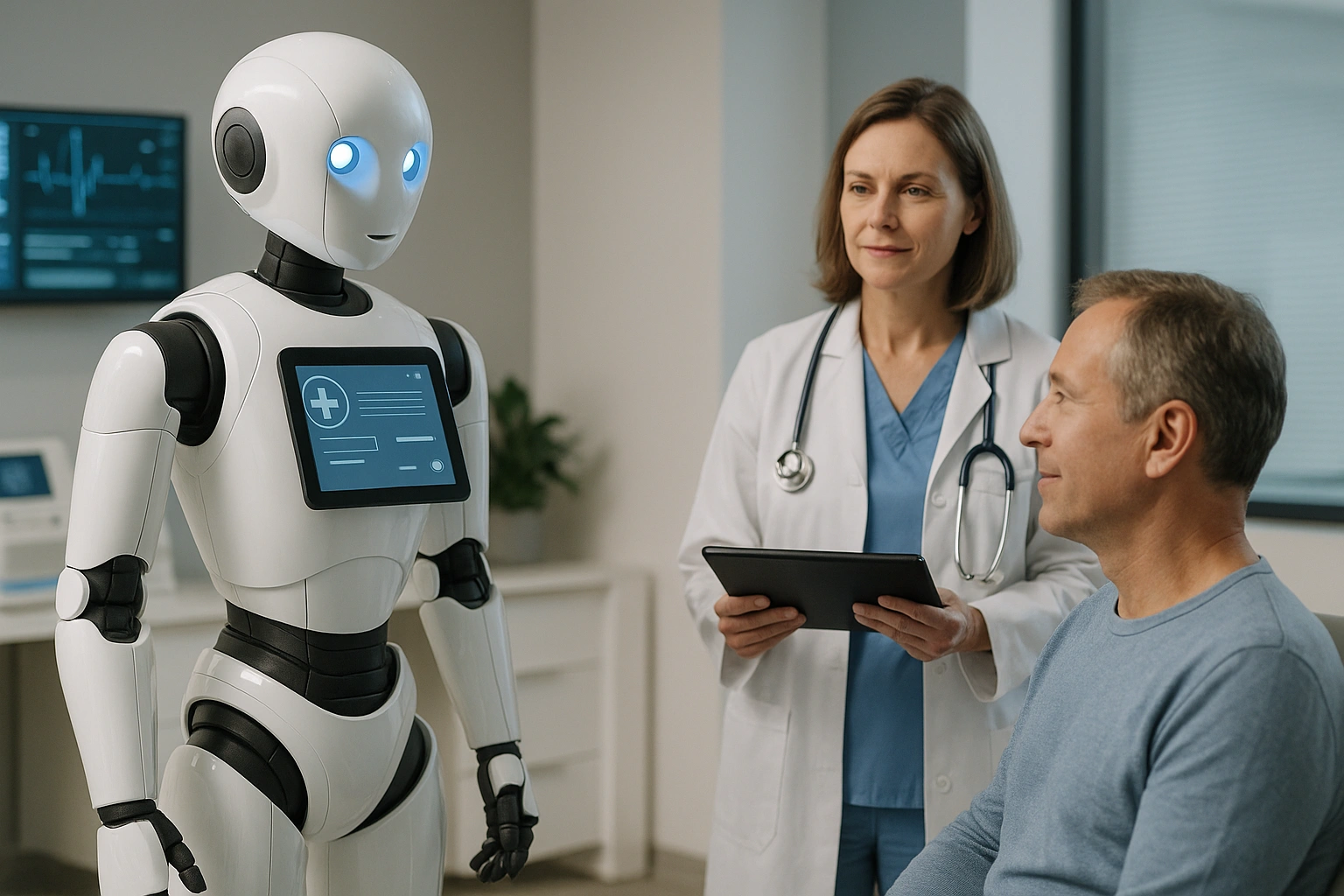Post By

Automated QC

Speed, accuracy, and efficiency are critical in the rapidly evolving field of diagnostics and healthcare. Traditional quality control methods in clinical laboratories often fall short of the rising demand for precision and high-throughput testing. With the global diagnostics market projected to exceed $140 billion by 2027, automation in clinical labs is no longer optional it is the future. Automated quality control (QC) labs are transforming from futuristic concepts into the new standard of care. They accelerate turnaround times, minimize human error, and allow laboratory professionals to focus on strategic analysis rather than repetitive manual tasks. In this blog, we explore how automated QC labs are reshaping clinical testing, the challenges of traditional methods, the technologies powering this transformation, and how Scaloy is enabling labs worldwide to embrace smarter, automated futures. Many laboratories still rely heavily on manual procedures despite advances in medical technology. This approach introduces significant inefficiencies and risks: In an environment where accuracy directly impacts patient safety, even small errors can jeopardize trust and outcomes. This highlights the urgent need for automation-driven quality control. Automated QC laboratories integrate robotics, AI, IoT devices, and Laboratory Information Management Systems (LIMS) to manage repetitive, rule-based processes such as: These systems free up skilled professionals to focus on higher-level analysis while ensuring greater efficiency, compliance, and consistency in laboratory operations. By addressing these core issues, automated QC labs provide both reliability and scalability in clinical testing environments. Together, these technologies create a seamless and intelligent ecosystem that enhances the reliability of clinical testing. Automation delivers unique advantages for all key stakeholders in the clinical testing ecosystem: The future of clinical testing is automated, predictive, and cloud-enabled. With AI-driven insights, IoT-powered monitoring, and compliance-ready systems, automated QC labs are redefining accuracy, speed, and efficiency in diagnostics. Scaloy’s expertise in automation ensures laboratories can confidently transition from manual methods to intelligent, scalable, and regulation-proof operations, ultimately improving outcomes for patients and providers alike.
The Challenges of Traditional Clinical Quality Control
What Are Automated QC Labs?
How Automation Solves Clinical Testing Challenges
Technologies Driving Automated QC Labs
Benefits for Different Stakeholders
Our Proven Implementation Process
Conclusion
What are automated QC labs?
Automated QC labs use robotics, AI, IoT, and LIMS to automate repetitive processes in clinical testing. They improve accuracy, reduce errors, and ensure compliance with regulatory standards.
Why are traditional QC methods insufficient today?
Manual QC methods are labor-intensive, prone to human error, and difficult to scale. They also struggle to keep up with modern compliance and high-throughput demands.
How does automation improve test accuracy?
Automation eliminates variability caused by fatigue or distraction. Machines follow standardized protocols, ensuring greater accuracy and reliability of test results.
Can automated QC labs meet global compliance standards?
Yes. Automated QC systems are designed with compliance in mind, supporting ISO 15189, CAP, CLIA, and other global regulations with built-in audit trails and reporting features.
Are automated labs too costly for smaller facilities?
While initial costs can be significant, scalable automation solutions allow smaller labs to adopt automation in phases, achieving cost savings through efficiency and reduced errors.
What technologies power automated QC labs?
Key technologies include robotics, laboratory information management systems (LIMS), IoT devices for monitoring, and AI solutions for predictive insights and anomaly detection.
Will automation replace human lab technicians?
No. Automation reduces repetitive tasks, allowing lab technicians to focus on higher-value responsibilities such as analysis, validation, and patient care support.
What are the benefits for patients from lab automation?
Patients benefit from shorter waiting times, higher diagnostic accuracy, and increased trust in laboratory services powered by automation and compliance-ready systems.
How does Scaloy support labs in automation?
Scaloy provides customized lab automation frameworks, LIMS integration, predictive analytics, compliance monitoring, and AI-powered dashboards tailored to clinical lab needs.
What is the future of automated QC labs?
The future of automated QC labs is predictive, interoperable, and cloud-connected, with AI-driven diagnostics, seamless medical system integrations, and regulation-ready audit capabilities.

Discover our other blogs.
Scaloy Success Stories
In today’s dynamic corporate environment, embracing the right technology is no longer o...

Ankit Patel
Jun 20, 2025
Scalability
In the ever-accelerating digital era, where speed, resilience, and adaptability are more than...

Vasu Patel
Jun 1, 2025
RPA
In today’s fast-paced business world, speed, precision, and innovation define success. ...

Isabella Rossi
May 10, 2025
IOT Takeover
Imagine receiving care, diagnosis, and monitoring from a network of intelligent medical devic...

Ishita Choudhury
Apr 23, 2025
IOT In Healthcare
The healthcare industry is undergoing a paradigm shift. Rising demands, growing costs, and th...

Noah Fischer
Apr 6, 2025
IOT
In today’s digital-first economy, businesses are under increasing pressure to process m...

Emma Williams
Mar 20, 2025
Digital Transformation
In an era of accelerating change, digital transformation is no longer a choice but a necessit...

Siddharth Nair
Mar 3, 2025
Data Driven Strategies
In today’s hypercompetitive digital economy, data has become more than just information...

Liam Johnson
Feb 17, 2025
Cloud Native Healthcare
The healthcare industry is experiencing rapid digital acceleration. From electronic health re...

Kavya Iyer
Jan 31, 2025
Cyber Security
As digital transformation accelerates, organizations across industries are under pressure to ...

Sophia Martinez
Jan 15, 2025











